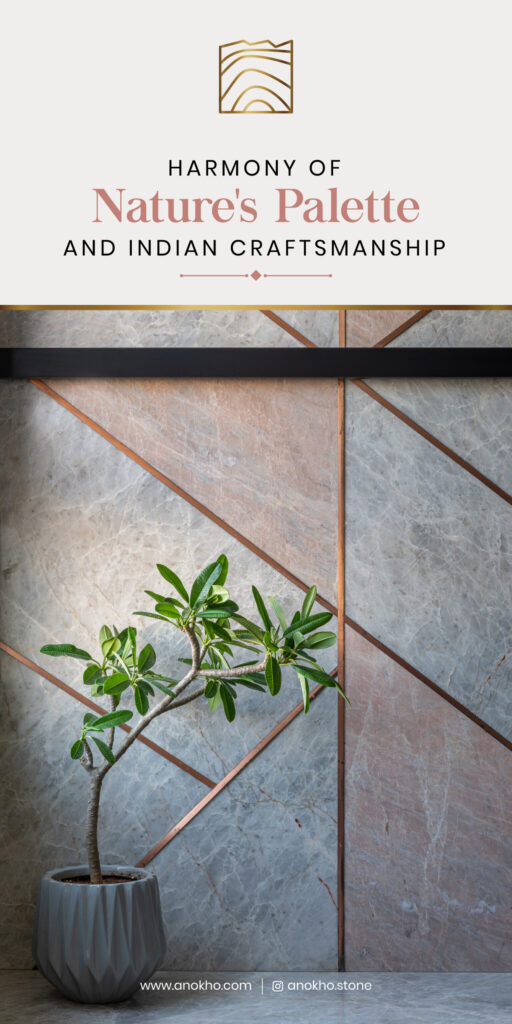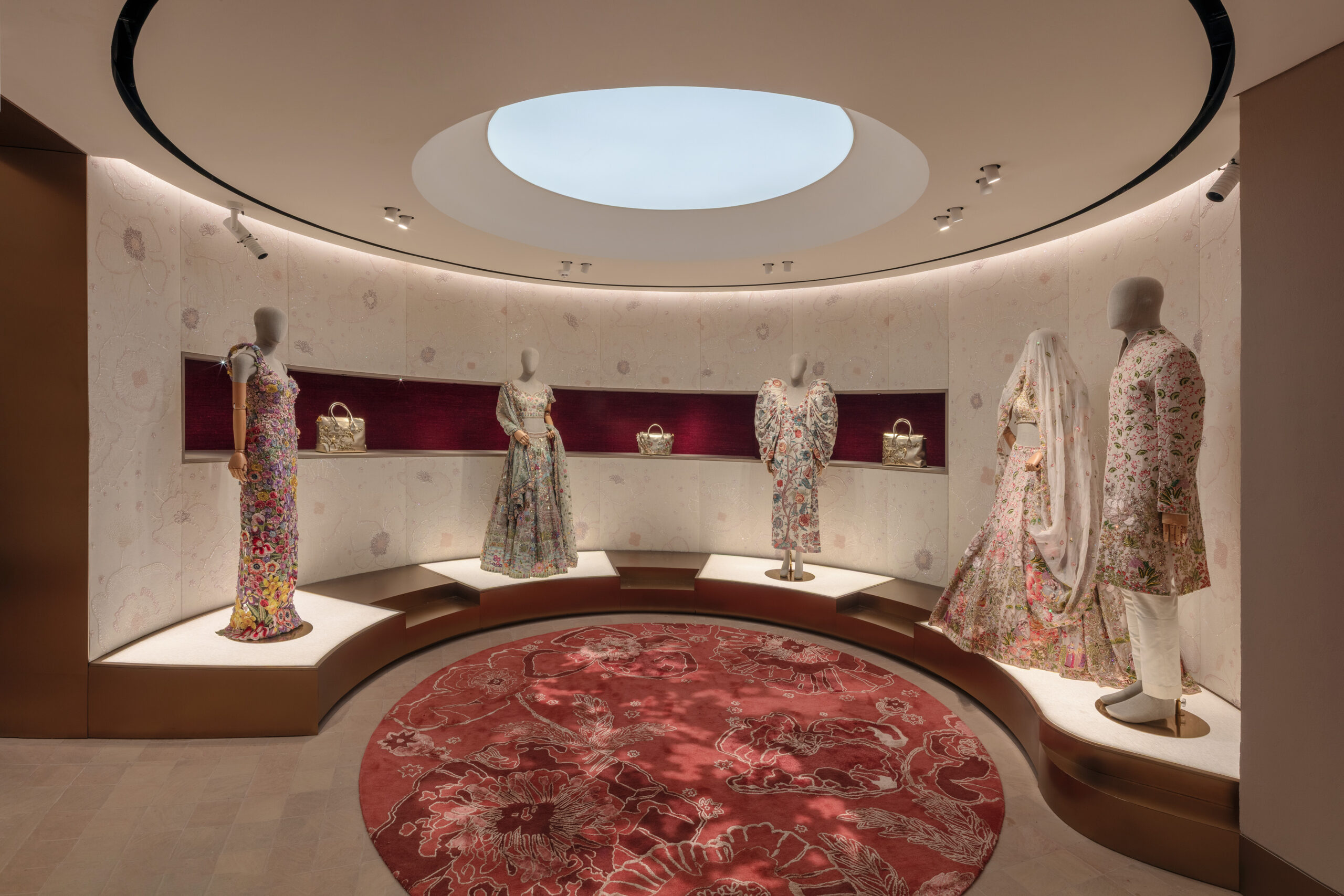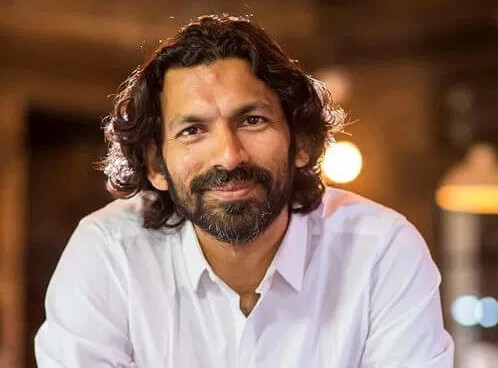For Ideal Home and Garden, Sneha Sengupta wanders through India’s painted streets; from Delhi’s shifting shadows to Mumbai’s filmi facades and Kochi’s secret paste-ups — uncovering how walls have become the loudest storytellers of our times.
You’ve seen it. Maybe while rushing to work, maybe on a 2 a.m. cab ride home. A half-torn poster of a faceless man. A random mirror glued to a cracked wall. A cheeky stencil that reads more like a dare than a message. It isn’t commissioned, it isn’t signed off by galleries in fact, it’s not “supposed” to be there at all. And yet, you stop, stare, maybe snap a picture. That’s guerrilla art: messy, spontaneous, sometimes political, often hilarious, but always a rebellion dressed as creativity.
Unlike murals that take weeks of permissions, guerrilla art is the city’s uninvited guest; it thrives in the cracks, alleyways, abandoned walls, flyovers, and forgotten staircases. From Mumbai’s Bandra backlanes to Delhi’s Hauz Khas graffiti walls, and even Pune’s tucked-away college corners, these works don’t just decorate, they provoke. They make you think, laugh, argue, or at least double-tap when you see it on Instagram.
Walk through any Indian city and you’ll realize the walls are talking, sometimes literally. What once were drab concrete stretches have been hijacked by guerrilla artists who splash them with color, wit, and protest. From sly political jabs in Mumbai to love poems hidden on Delhi’s flyovers, these works turn sidewalks into secret galleries for anyone curious enough to look up.
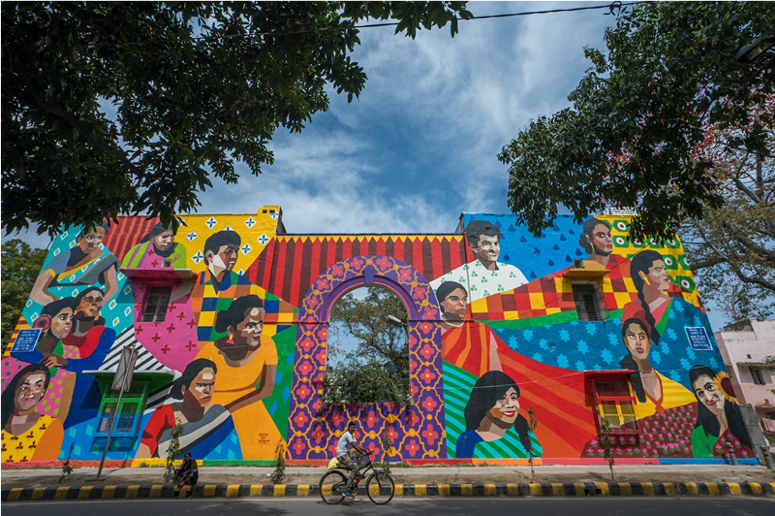
Delhi: Where Revolution Meets Stencil
In Shahpur Jat, graffiti stencils whisper about freedom and dissent. Walk further into Hauz Khas Village and you’ll spot cheeky cartoons side-eying the establishment. One famous wall under the Lodhi Colony project even carries a mural that reads more like a manifesto than art. Delhi’s graffiti isn’t just about aesthetics — it’s an argument scrawled in paint.
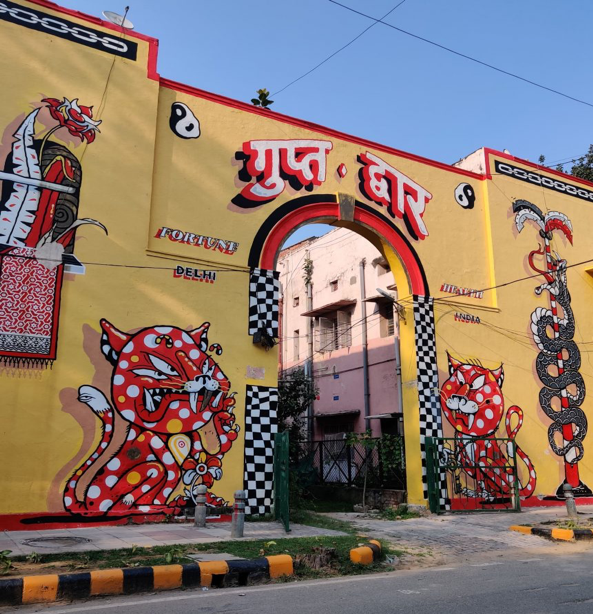
Mumbai: Satire on the Streets
Bandra’s Chapel Road is practically an outdoor exhibition, with portraits of Bollywood icons rubbing shoulders with tongue-in-cheek commentary on consumerism. One mural shows a giant man devouring social media icons; subtle much? Elsewhere in Mahim, spray-painted phrases like “The city is watching” feel both Orwellian and oddly comforting. Mumbai’s walls are never shy.
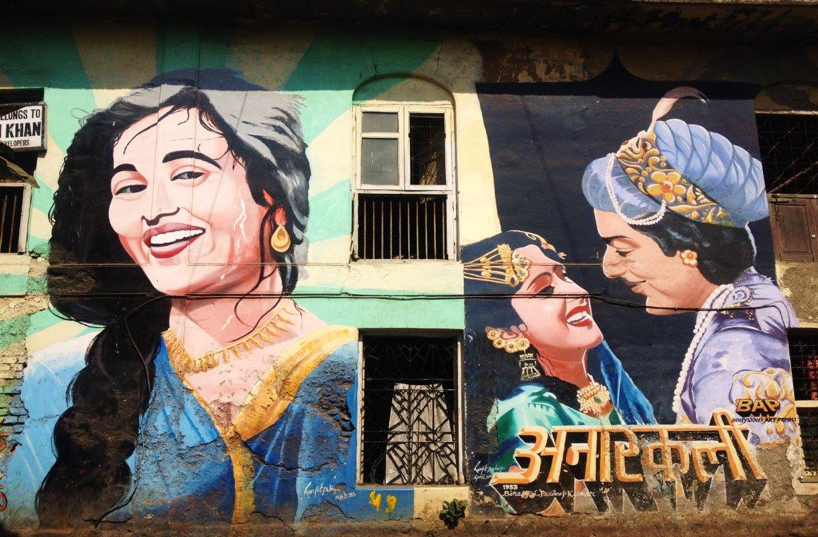
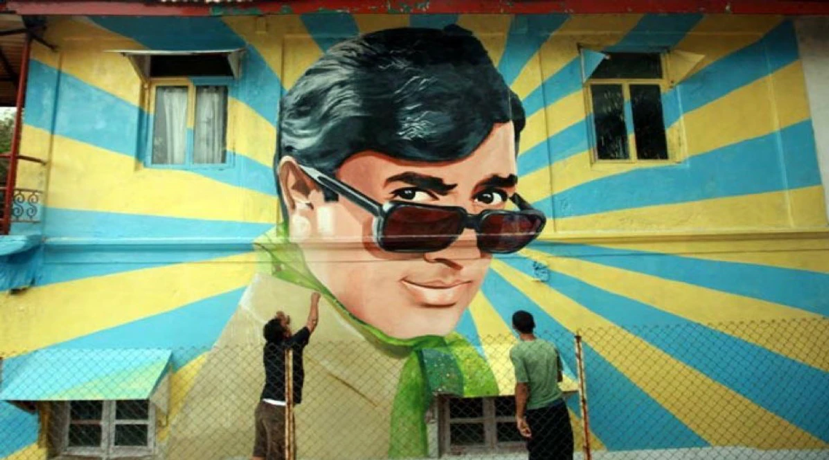
Bangalore: Quirky Rebels
Bangalore’s guerrilla art often swaps protest for play. Koramangala’s walls are littered with neon-bright doodles, jokes about traffic (relatable), and characters straight out of video games. Closer to Church Street, you’ll find poetry etched on shutter doors, visible only when shops close. Blink and you might miss them.
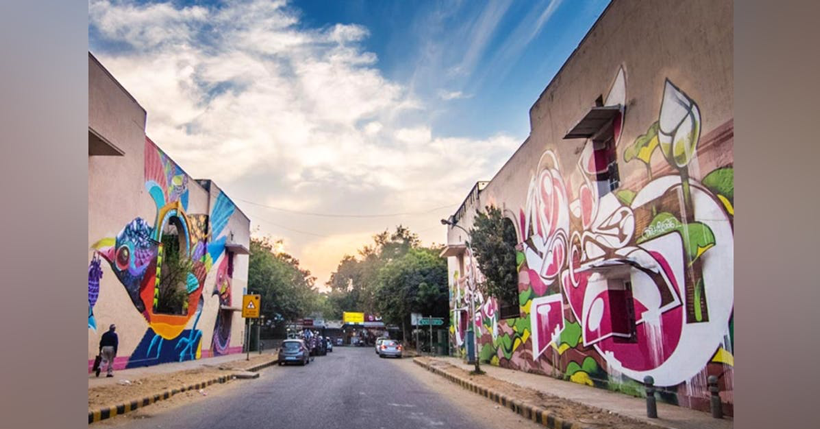
Kochi: GuessWho’s Playful Provocations
In Fort Kochi, guerrilla art peeks at you like an inside joke. The anonymous artist GuessWho is known for wheatpaste posters that mash up pop icons with local culture. Imagine Michael Jackson playing the veena, or Mona Lisa in a mundu—his works appear overnight, often during the Kochi Biennale, poking fun at the idea of high art versus street art.
It’s irreverent, funny, and deeply local—art that belongs as much to the people as to the walls.
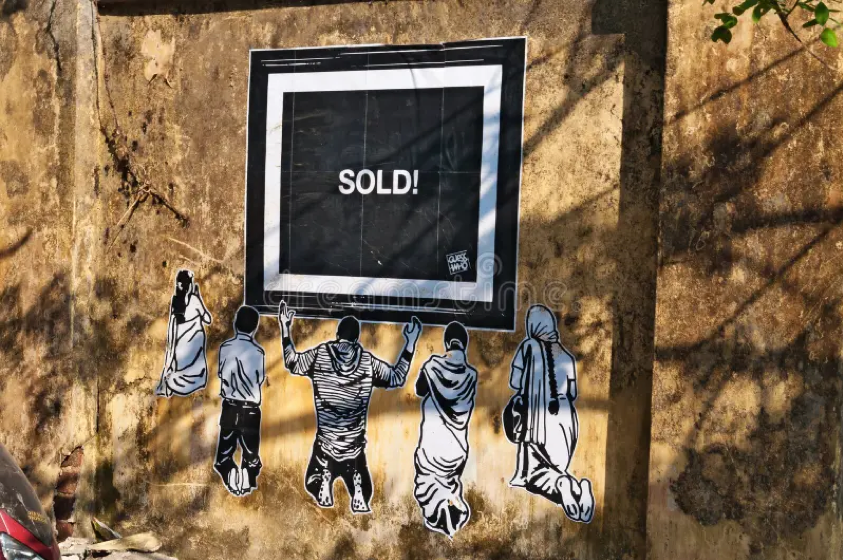
Think of guerrilla art as the city’s secret diary, scribbled in public. It doesn’t just decorate walls: it tattles, it teases, it testifies. A crooked stencil might be a protest dressed as poetry; a giant wheatpaste could be satire hiding in plain sight. Sometimes it’s a mirror to our chaos, other times it’s an inside joke between strangers who never meet. Every splash of color, every sticker, every mural is basically the street saying: “It’s less about grandeur, more about a wink on a wall.”













